Charlie Enright: Process of improvement
Published on January 10th, 2018
Vestas 11th Hour Racing skipper Charlie Enright needed to sit out Leg 4 of the Volvo Ocean Race to help with a family medical situation, but will be back with the team in Hong Kong for the next leg. Scuttlebutt editor Craig Leweck caught up with Enright for an assessment of the race.
What have you been learning from the sidelines?
There’s a lot of publically available information coming off the boats, but sometimes the numbers can be deceiving, so to make assumptions is certainly kind of dangerous. We can review and timestamp the tracker, photos and video information, and as much as you want to deduce the reasons for gains and losses, you don’t know whether a cloud or a tidal eddy may have had an impact too.
So we take notes during the leg and then will revisit them with the team afterwards when all the facts are available. We already have a team on this task, so I am just contributing where I can, which has been more so looking specifically at the sails.
I am looking at what sails are being used, if there is any variation amid the fleet in selection or trim. I am also looking at variations in stack positions or any little tips and tricks that make life easier or make the boats a little bit quicker and easier to sail. I watch every single video, particularly on our boat and then the other boats that are doing well in an effort to improve where possible.
So as much as the videos are for the fans, they are proving valuable for the teams too.
Absolutely! When someone’s doing an interview, I am looking in the background for what sail is up, where the stack is. If someone’s sitting at the nav station, same thing. Where’s the stack located? Down below, is it split? How much is in the front? All that stuff.
Do you find certain teams are limiting what can be seen in the videos?
In my honest opinion, it’s theory. Everybody tries to hide their secrets, and some teams say they monitor everything that comes off the boat. And maybe they do, but I am looking at it all, and either they don’t do it or they are doing a bad job as there’s still plenty of useful information coming off the boat.
Despite all the equipment being identical, Dongfeng and MAPFRE look slippery. Unlike training when you can work on tuning with a partner, how do you work on performance now?
We spent two weeks training with AkzoNobel in Lisbon before the race, and some of the stuff that we learned from that session is what helped us win the first leg.
Now that we are started, it is vital to take advantage of the time when the boats are together, whether it’s the starts or the finishes, or whether you’re just parked up next to each other in the Doldrums. The time that you can spend sailing around other boats is really invaluable, and then we augment that with the post-leg analysis from the information coming off the boat as we discussed.
Looks like the differences surface more often when the sheets are eased.
When you’re going upwind, a 2% difference when you’re going 11 knots is a lot less than a 2% difference when you’re going 25 knots. So certainly the opportunity for gains and losses is much higher when you crack sheets and high speed reaching.
The differences in speed are all due to mastering the sail crossovers, particularly in the introduction of the new J0 sail. I think people are still understanding that sail and the crossover charts are changing in and around the J0 more than anywhere else as the legs go on. Using the right sail, at the right wind angle, at the right wind speed is huge.
But in addition to the sail selection is sail trim. Mastering whether a sail is trimmed tight or loose, twisty or closed leech, where to set the outrigger for the headsails. There’s tons and tons of variables, so the more information you have the better, but its consistently applying that knowledge which sets the best teams apart.
During the 2014-15 race, it was rare to see much separation amid the fleet. But in this race, it looks as if teams are more willing to get some leverage. This is the second race for the VO65… are teams feeling more confident in sailing the boat?
Confidence breeds confidence, that’s for sure. When you make a sail change, know your settings and quickly see improved performance, that empowers you to be more assertive in other areas.
Take Dongfeng, for instance. They think they can put their boat anywhere, and if they’re wrong, they’ve got time to make up for it. But if they’re right, they may never be seen again.
I see ourselves as being more open to risk, particularly as we’ve just had two back-to-back thirds behind MAPRFE and Dongfeng, so it’s pretty clear that’s not going to cut it. So where is the difference going to come? We’re finding ourselves analyzing risks more and more as well.
To see Leg 4 crew lists… click here.
Race details – Tracker – Scoreboard – Race route – Facebook – YouTube
Beginning on January 2, Leg 4 is a 5,600 nautical mile race up the east coast of Australia from Melbourne, into the Coral Sea and up north to Hong Kong. The ETA for Hong Kong will be more certain after the boats clear the Doldrums but is penciled in for January 20 to 21.
Overall Results (after 3 of 11 legs)
1. MAPFRE (ESP), Xabi Fernández (ESP), 29 points
2. Dongfeng Race Team (CHN), Charles Caudrelier (FRA), 23
3. Vestas 11th Hour Racing (DEN/USA), Charlie Enright (USA), 23
4. Team Brunel (NED), Bouwe Bekking (NED), 14
5. Team Sun Hung Kai/Scallywag (HKG), David Witt (AUS), 11
6. Team AkzoNobel (NED), Simeon Tienpont (NED), 9
7. Turn the Tide on Plastic (POR), Dee Caffari (GBR), 6
2017-18 Edition: Entered Teams – Skippers
• Team AkzoNobel (NED), Simeon Tienpont (NED)
• Dongfeng Race Team (CHN), Charles Caudrelier (FRA)
• MAPFRE (ESP), Xabi Fernández (ESP)
• Vestas 11th Hour Racing (DEN/USA), Charlie Enright (USA)
• Team Sun Hung Kai/Scallywag (HKG), David Witt (AUS)
• Turn the Tide on Plastic (POR), Dee Caffari (GBR)
• Team Brunel (NED), Bouwe Bekking (NED)
Background: Racing the one design Volvo Ocean 65, the 2017-18 Volvo Ocean Race begins in Alicante, Spain on October 22 2017 with the final finish in The Hague, Netherlands on June 30 2018. In total, the 11-leg race will visit 12 cities in six continents: Alicante, Lisbon, Cape Town, Melbourne, Hong Kong, Guangzhou, Auckland, Itajaí, Newport, Cardiff, Gothenburg, and The Hague. A maximum of eight teams will compete.
Source: Volvo Ocean Race


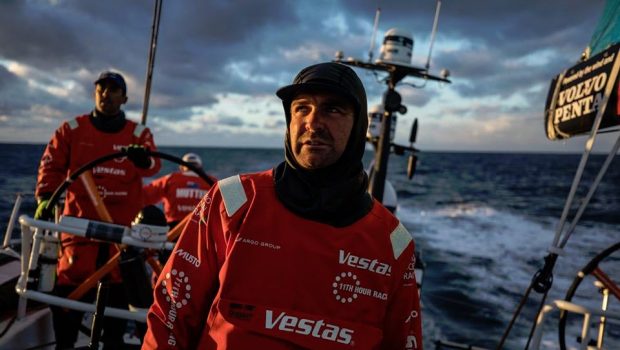

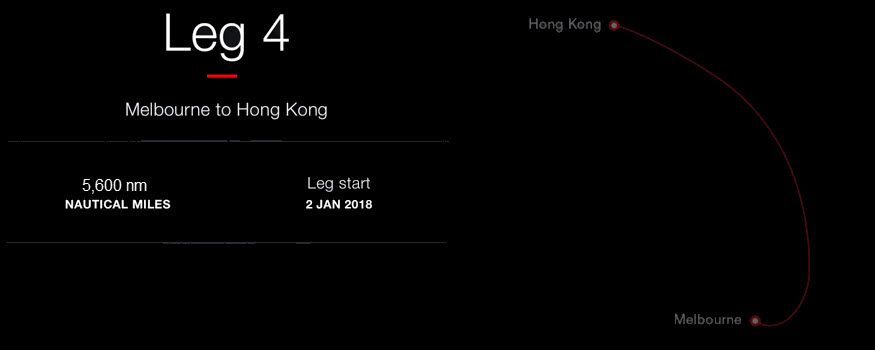
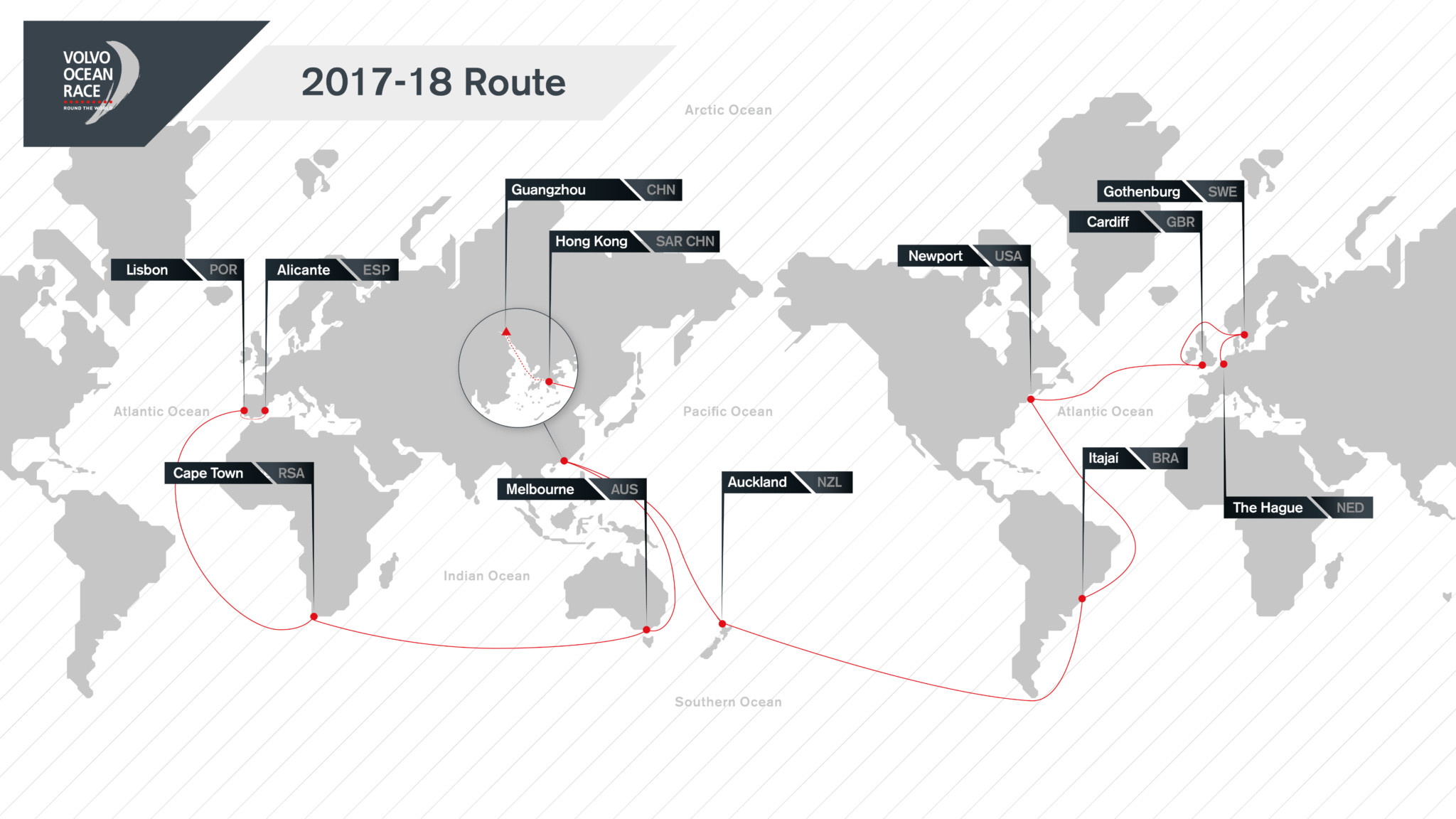

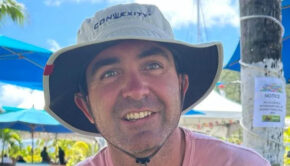


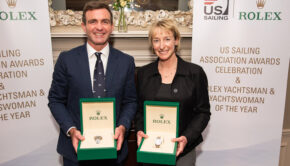
 We’ll keep your information safe.
We’ll keep your information safe.